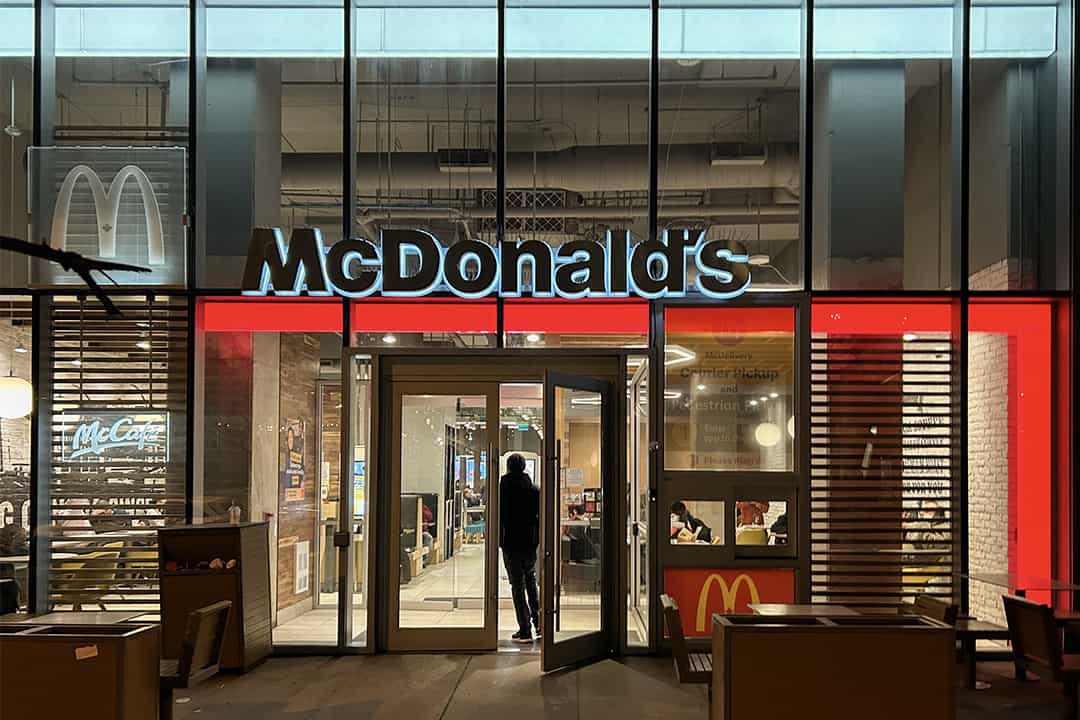Have you ever picked up a bag of candy and thought you shouldn’t buy it, but it ends up in your cart? That wasn’t an accident. Reeling in consumers, especially in the food industry, relies on marketing.
Food marketing and logo colours are key parts of how the food industry brings in consumers. Everything from the colours of the food, the presentation of the plate, and even the menu play a part in this controlled image.
Colour psychology
One common marketing tactic is colour psychology, which informs perceptions and behaviours of possible customers. This tool is used to market a company and support its brand expression. The expression affects consumer confidence in the brand which, in turn, affects performance and sales of a brand.
For instance, let’s take the color red. Its associations with appetite come in handy when restaurants think about their brand expression. Warm colors such as red, yellow, and orange work in tandem to make you feel hungry. Blue tends to make people less hungry and more thirsty, so it’s used mainly in weight loss ads. With this in mind, restaurants often use these colours to lure the public in.
When creating a brand and establishing its target audience, colour is paramount, but it isn’t the only important factor. Have you ever seen a food video on Instagram and thought to yourself, “Where can I get that?!” If so, guess what? You are a victim of good presentation, a key marketing technique for the food industry.
Presentation
Presentation coupled with colour can attract new customers. The goal of food presentation is to make it more visually appealing to the consumer. Presentation can positively or negatively impact a customer’s first impression. From a psychological standpoint, if a customer sees that care was put into the craft, a relationship is established between the consumer and the food. This bond encourages a customer to come back and recommend the restaurant to friends. If the food both looks tasty and makes for a good photo, then customers are more likely to return.
Some restaurants have social media accounts for their consumers to tag when posting photos of the food, creating a marketing system through reviews. If the food doesn’t look tasty, the consumer is more likely to think lowly of both the product and distributor. Appetizing food turns a visit to a restaurant into an enjoyable experience — a unique experience that can only be found at that one restaurant — and boosts the restaurant’s overall image.
Part of the restaurant experience is the aesthetic; interior design, cutlery choices, and lighting — either bright or dim — all play a big role in making a unique and appealing experience. Creating an exclusive aesthetic intrigues the consumer and often urges them to influence others into wanting to partake in this experience. If a restaurant experience is notable, influencers and food blogs will turn it into a trend among their followers, expanding a restaurant’s customer base. These tactics are not solely expressed in fine dining. Fast food places use it in their own way to attract a different customer bracket.
Let’s take a look at McDonald’s. This company mixes bright red with yellow for an attractive look and to make people hungry. The brand’s expression focuses on cheap, easy food for the daily consumer. Anyone walking by a McDonald’s thinks that they can afford it, even if they’re tight for money, because of the company’s advertising and prices. Once a consumer walks in, they are bombarded with bright lights and screens with food. The kitchen is in full view and you can hear the bacon sizzling in the background. This presentation makes the food look too good to resist. In the case of McDonald’s, the food you receive may not look like the ad, but it will taste comforting so you’ll find yourself going back.
Like any industry, the food industry capitalizes on consumer desire by amplifying presentation and colour. This is done strategically to make the consumer think buying the food is their choice when in reality, the company is controlling the narrative. These techniques seem like they would apply only to fine dining and high quality restaurant experiences, but medium to low tier restaurants use these tactics as well.
Next time you eat out, think about how hungry you really are and how much food you really want. Something may look too good to resist, but it may not taste as good as it looks.


